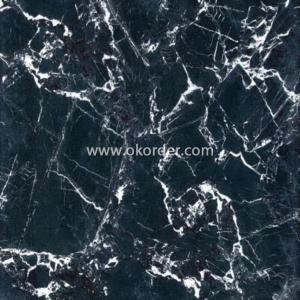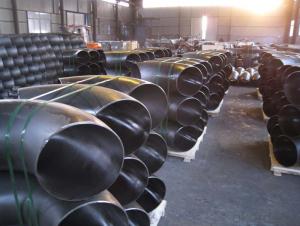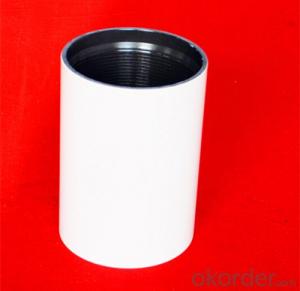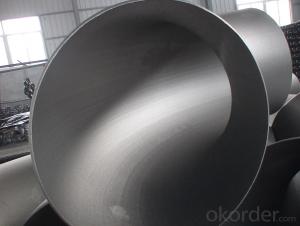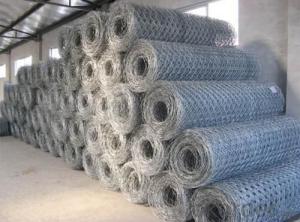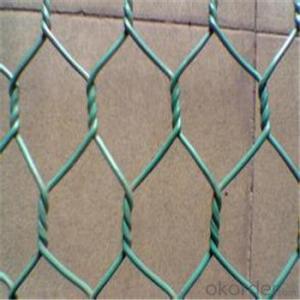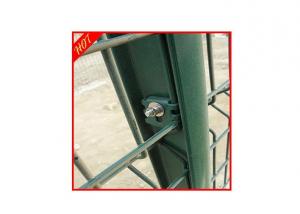1 2 Inch Stainless Steel Tubing
1 2 Inch Stainless Steel Tubing Related Searches
Best Paint For Stainless Steel Blanket Insulation For Steel Buildings Primer For Galvanized Steel Foam Filter For Stainless Steel H S Code For Stainless Steel Surface Grinding Wheels For Stainless Steel Surface Grinding Wheels For Hardened Steel Hole Saw For Stainless Steel Paint For Stainless Steel Stainless Steel For BbqHot Searches
Steel Mesh Panels For Sale Price For Stainless Steel Scrap Scrap Price For Stainless Steel Price For Stainless Steel Stainless Steel Tank For Sale Stainless Steel Sheets For Sale Cheap High Tea Sets For Sale Stainless Steel Tanks For Sale Stainless Steel For Sale High Density Fiberboard For Sale Solar Hot Water Collectors For Sale Scaffolding For Sale In Uae Scaffolding For Sale In Ireland Scaffolding For Sale In Houston Type Of Inverter For Solar Price Of Shipping Containers For Sale Types Of Inverter For Solar Stock Price For Aluminum Used Solar Inverter For Sale Steel Mesh Panels For Sale1 2 Inch Stainless Steel Tubing Supplier & Manufacturer from China
Okorder.com is a professional 1 2 Inch Stainless Steel Tubing supplier & manufacturer, offers integrated one-stop services including real-time quoting and online cargo tracking. We are funded by CNBM Group, a Fortune 500 enterprise and the largest 1 2 Inch Stainless Steel Tubing firm in China.Hot Products
FAQ
- 304 how can the water stain on the surface of stainless steel plate be formed?
- If you want to scrub the proposal as soon as possible processing, water Jiyue long more difficult to wear off, if it is ferrite, also easy to rust.
- Some of the different types of stainless steel sheet edge treatments available include mill edge, slit edge, deburred edge, and rounded edge. Mill edge refers to the untreated, raw edge of the sheet as it comes from the mill. Slit edge refers to the edge that is produced after the sheet has been slit into narrower widths. Deburred edge is a smooth, polished edge that has been treated to remove any sharp edges or burrs. Rounded edge is a curved edge that is created by rounding off the corners of the sheet. These different edge treatments cater to different applications and preferences for the appearance and safety of the stainless steel sheet.
- The weldability of stainless steel sheets is typically regarded as favorable due to the high percentage of chromium present in stainless steel. This chromium forms a passive oxide layer on the metal's surface, which contributes to exceptional corrosion resistance and the prevention of heat-affected zones during welding. Nevertheless, the weldability of stainless steel can differ based on the specific grade and thickness of the sheets. Austenitic stainless steels, such as 304 and 316, are known for their high weldability and can be easily joined using various welding techniques like TIG and MIG. Conversely, martensitic or duplex stainless steels may possess lower weldability due to elevated carbon content or distinct microstructures. These grades may necessitate preheating and post-weld heat treatment to prevent cracking and maintain desired mechanical properties. Moreover, the thickness of stainless steel sheets can impact weldability. Thicker sheets may require increased heat input and specialized welding procedures to ensure proper fusion and prevent distortion. Overall, stainless steel sheets are generally considered to possess good weldability. However, it is crucial to consider the specific grade and thickness of the sheets, as well as the required welding techniques and procedures, to achieve optimal results. Seeking professional guidance and expertise in stainless steel welding is recommended to ensure successful and long-lasting welds.
- Common sizes for stainless steel sheets range from 4 feet by 8 feet to 5 feet by 10 feet, although custom sizes can also be produced. The thicknesses typically vary from 0.4mm to 6mm, with the most commonly used thicknesses being 0.8mm, 1mm, 1.2mm, and 1.5mm.
- Yes, stainless steel sheets are generally resistant to alkaline solutions. Stainless steel is known for its corrosion-resistant properties, and it can withstand exposure to a wide range of chemicals, including alkalis. The high chromium content in stainless steel forms a protective oxide layer on the surface, which helps to prevent corrosion and deterioration. However, it is important to note that the resistance of stainless steel to alkaline solutions may vary depending on the specific grade and composition of the stainless steel. In some cases, prolonged exposure to highly concentrated alkaline solutions or exposure to certain aggressive alkaline substances may cause damage to the stainless steel surface. Therefore, it is advisable to consult with the manufacturer or supplier to ensure the appropriate grade of stainless steel is selected for specific alkaline applications.
- Yes, stainless steel sheets can be used for architectural canopies. Stainless steel is a versatile material that offers several benefits in architectural applications, including canopies. Firstly, stainless steel is highly durable and resistant to corrosion, making it suitable for outdoor installations. This ensures that the canopy will withstand harsh weather conditions and maintain its appearance over time. Additionally, stainless steel has a sleek and modern aesthetic that can enhance the overall design of the canopy. It can be polished to a mirror-like finish or brushed to create a unique texture, providing architects with various options to achieve their desired look. Stainless steel sheets are also available in different thicknesses, allowing for customization based on the specific requirements of the canopy. This flexibility ensures that the material can support the weight of the structure and any additional elements, such as lighting or signage. Moreover, stainless steel is a sustainable choice for architectural canopies as it is fully recyclable. This aligns with the growing demand for environmentally-friendly construction materials and practices. In summary, stainless steel sheets are a suitable and popular choice for architectural canopies due to their durability, aesthetic appeal, flexibility, and sustainability.
- What's the difference between galvanized steel and stainless steel?
- Galvanized steel strip products are mainly used in construction, light industry, automobile, agriculture, animal husbandry, fishery and commercial industries. The construction industry is mainly used in the manufacture of anti-corrosive industrial and civil building roof panel and roof grate; for the manufacture of electrical appliance shell, light industry, civil chimney, kitchen appliances, automobile industry is mainly used in the manufacture of anti-corrosive parts of car; animal husbandry and fishery is mainly used as freezing processing tools for grain storage, meat and aquatic products the main business; used as a material storage, packaging etc..
- The specific industry and application dictate the varying standard sizes of stainless steel sheets. Nevertheless, there exist some widely accessible commonly used standard sizes. In the architectural and construction sector, stainless steel sheets usually come in sizes ranging from 4 feet by 8 feet (1220mm x 2440mm) to 5 feet by 10 feet (1524mm x 3048mm). These dimensions find common use in cladding, roofing, and interior design applications. In the manufacturing and industrial domains, stainless steel sheets are available in diverse sizes, including 4 feet by 8 feet, 4 feet by 10 feet (1220mm x 3050mm), and even larger sizes like 5 feet by 12 feet (1524mm x 3658mm). These larger dimensions frequently serve fabrication, industrial machinery, and equipment manufacturing purposes. It is important to acknowledge that custom sizes can also be produced according to specific project requirements. These custom sizes may encompass narrower or wider widths, longer or shorter lengths, or even different thicknesses to cater to a particular application's needs. Ultimately, industry standards, market demand, and manufacturer capabilities determine the standard sizes of stainless steel sheets. It is advisable to consult suppliers or manufacturers to verify the availability of the desired size before making a purchase.


















